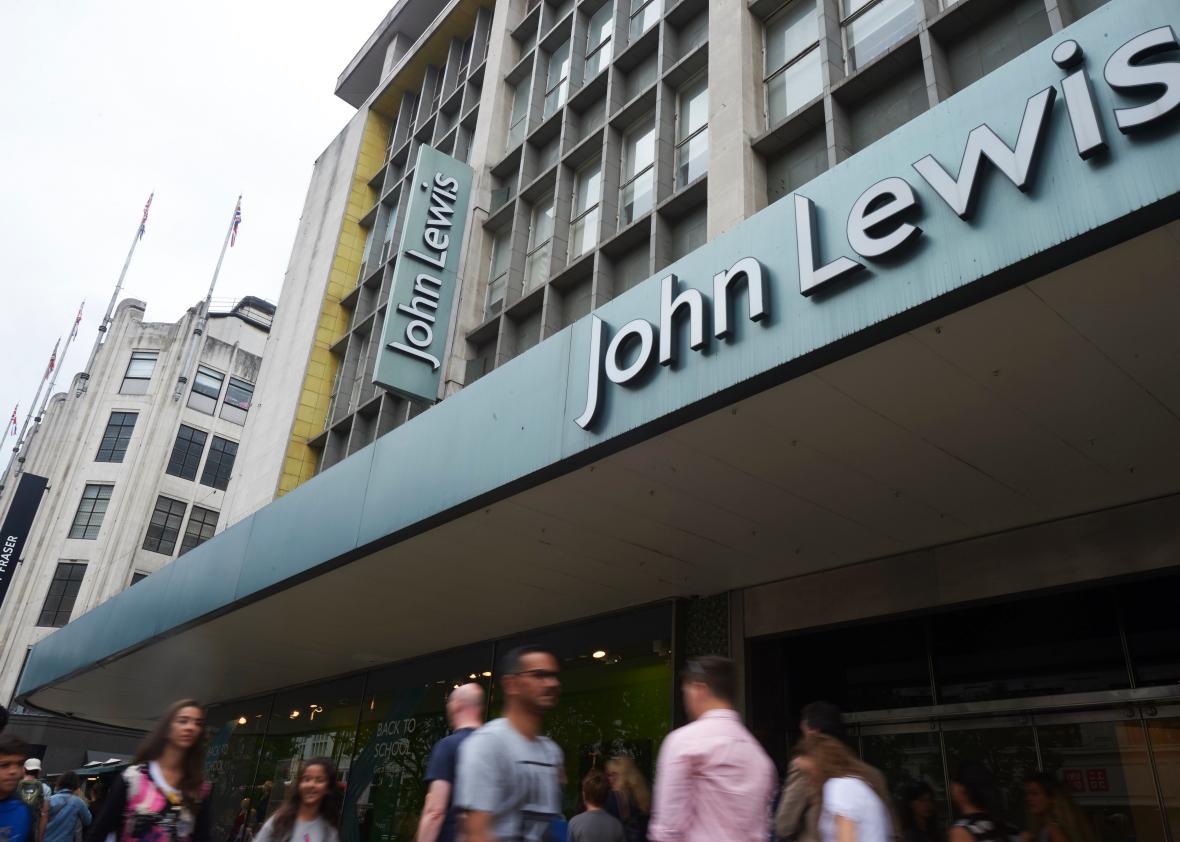The venerable British department store chain John Lewis announced last weekend that it would remove “boys” and “girls” labels from its brand of children’s clothing. Instead, the store will label its clothes, including dresses and skirts, as “Girls & Boys” or “Boys & Girls.” “We do not want to reinforce gender stereotypes within our John Lewis collections and instead want to provide greater choice and variety to our customers, so that the parent or child can choose what they would like to wear,” the brand’s head of children’s wear told reporters. The store also plans to stop marking separate sections for girls’ and boys’ clothes.
Reactions to the move were as divided as children’s clothing labels used to be. Outlets such as Teen Vogue and New Scientist approved, and the activist group Let Clothes Be Clothes hailed it as “fantastic news” that could influence larger and lower-cost brands. But the backlash has been notable, with one member of Parliament calling it “the onward march of the P.C. brigade.” When a private school in East Sussex announced later in the week that it was changing its uniform policy so that all students will wear pants, it seemed to confirm a larger shift. “SCHOOL BANS SKIRTS,” one tabloid blared in a front-page headline. Self-described “genderneutralphobe” Piers Morgan kvetched online about both stories.
John Lewis will almost certainly not be the last to toss gender-specific labels into the dustbin. Retailers that silo clothing and toys into separate areas for boys and girls are increasingly targets of woke ire on social media. “Everyone thinks that girls should just be pretty and boys should be adventurous,” an adorable 8-year-old lamented last year in front of a T-shirt display at a different British department store. Sometimes, viral complaints get results: When the mother of a science-loving 9-year-old girl complained to Lands’ End that its NASA crew T-shirts appeared only in the boys’ section, the brand developed a line of science-themed T-shirts for girls. Meanwhile, Handsome in Pink, Jill and Jack, Free to Be Kids, and many other aspirants on Kickstarter have framed stereotype-defiance as the core of their small brands.
This week’s pearl-clutchers—ladies only, please!—may be reassured to learn that going fully gender-neutral is harder than it looks. In the United States, Target announced a gender-neutral children’s line produced by the digital game company Toca Boca this summer and reaped a wave of positive publicity. “Target’s New Gender-Neutral Kids’ Collection Is Way Too Cute,” one parenting blog gushed. Toca Boca said its displays would be located between the girls’ and boys’ sections, but when a blogger visited a few stores over the summer, she found the line’s dresses in the girls’ section and graphic tees in the boys’ area. When I perused the Toca Boca brand on Target’s website this week, every single item of clothing was labeled for “girls” or “boys.” Only accessories like backpacks and bedding remained un-gendered.
Both the you-go-girl cheerleading and the aghast tut-tutting over unisex clothing for prepubescent children can feel overwrought. After all, parents can buy whatever clothes they want for their kids. My daughter wears dinosaur- and insect-patterned shirts I found in boys’ sections and pink sneakers and florals categorized for girls. There’s no electric fence that zaps you if you try to buy a sparkly shirt for your son and no law that will force British parents to dress their boys in John Lewis skirts. Far fewer people seem to be fretting over girls in dinosaur tees than boys in dresses.
The outsize reaction to John Lewis’ announcement this week is a reflection of the ambient gender anxiety of the moment. It’s grownups collecting all their hopes and uncertainties about toys and bathrooms and marriage and sex and shrinking them to fit onto the labels inside child-size pairs of pink pants. The war over children’s clothing isn’t about what any one child wears out in the world. It’s about the kind of world that greets that child, no matter what he or she is wearing.
